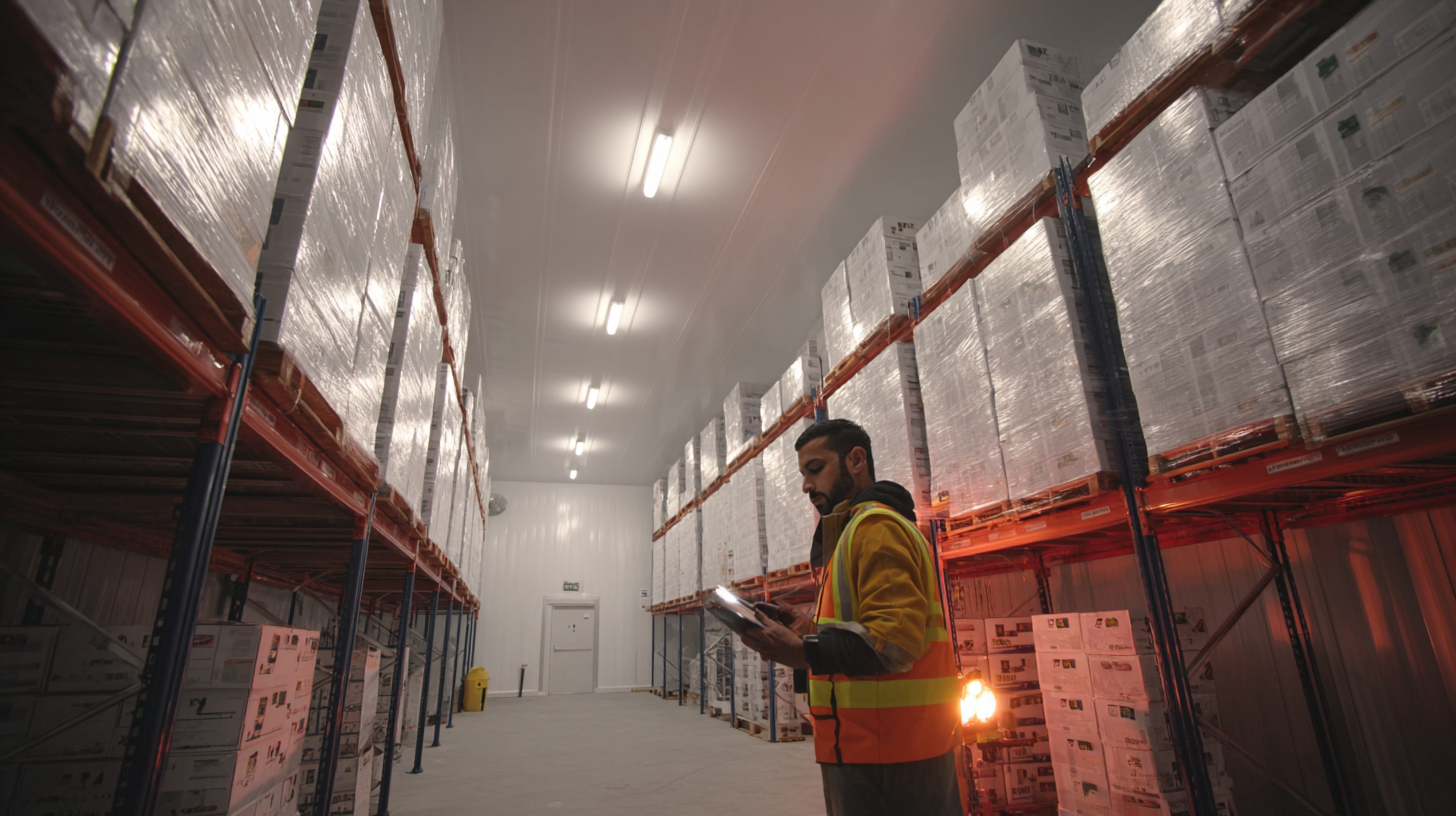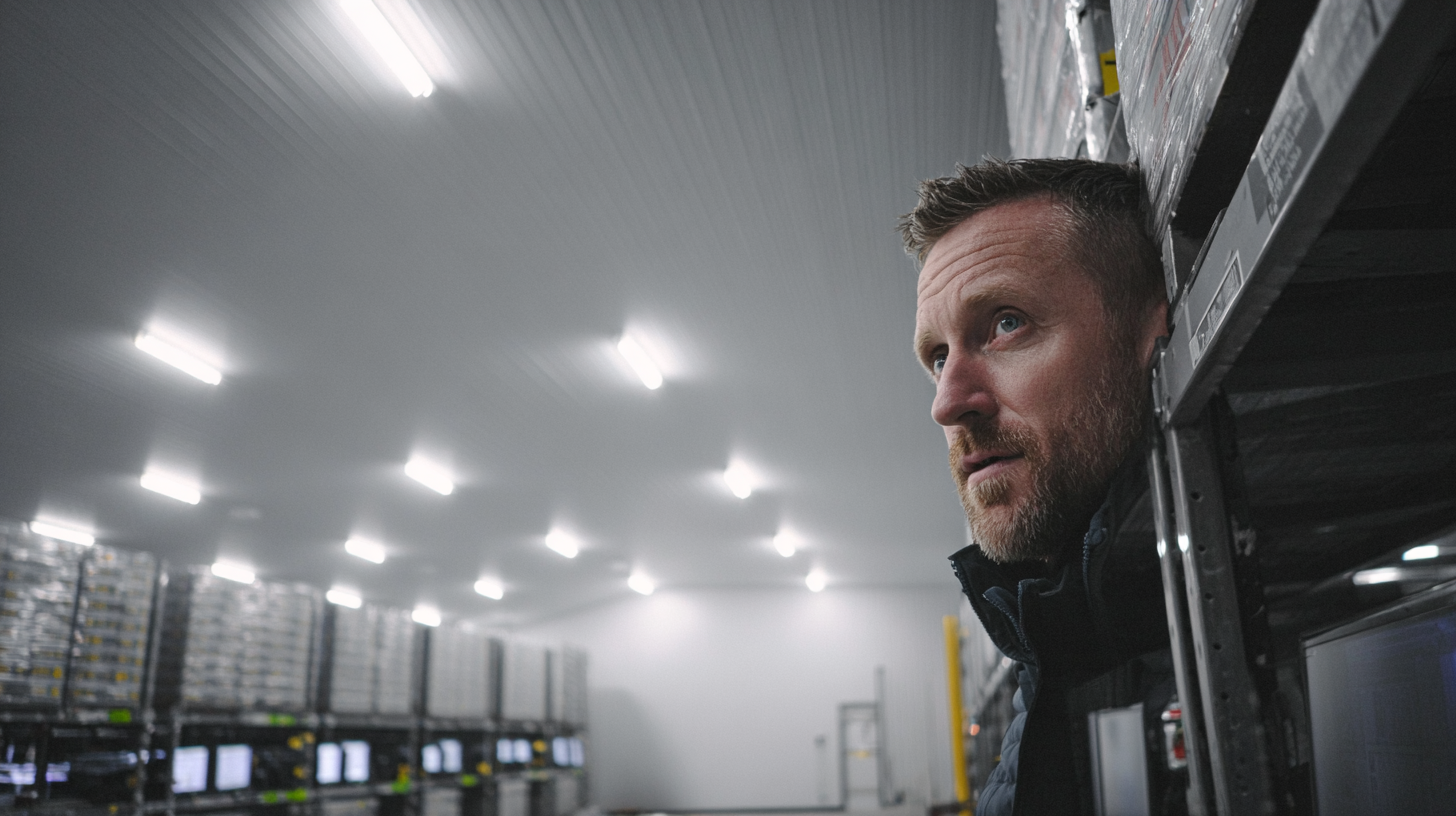Cold storage fails when decisions happen at the aisle. Clarus brings Temperature-Zone Management into the flow of work. Products carry zone attributes. Locations belong to governed groups. Scanners enforce the rules with instant warnings if an item strays outside its range. Putaway, replen, picking, and staging all respect the cold chain automatically. The result is safer handling, fewer errors, and stock that arrives in peak condition.
Group products by chilled, frozen, or ambient requirements and bind them to compliant locations. Safety and quality rise because storage can’t drift from the plan.
From the first scan, Clarus suggests the correct zone and exact bay. If capacity shifts, safe alternates are proposed automatically to keep product protected without stalling the shift.
Adjust zone groupings and location memberships via a clean interface. Optimise energy use or reconfigure for seasonal demand without ripping up your layout or retraining the floor.
On-device prompts block misplacement, flag door-open risks, and prevent ambient lines entering chillers or vice versa. Operators get clear guidance. Supervisors get fewer incidents.

Protect SLAs and product quality with a live view of zone utilisation and risks. Move from reactive fixes to proactive control grounded in evidence.

Follow precise, compliant steps. If a bay is full, safe alternates appear instantly so work continues without guesswork or risk.

Export a defensible trail of where each unit lived and when. Answer retailer and regulator checks in minutes, not days.
Clarus models location groups as temperature zones and tags each product with a required zone. During goods in, scanner workflows capture the item and enforce zone-safe putaway suggestions. Replen and picking inherit the same constraints, so a unit never routes to an incompatible area. If a task would break the rule, the system blocks it and offers compliant alternatives.
Zone definitions are editable. You can reassign racks, aisles, or whole chambers between chilled, frozen, and ambient groups to match demand or maintenance windows. Exception logs capture any attempted out-of-zone move with user, time, and location, creating a complete audit trail. Optional warnings highlight temperature-critical stages like door dwell or staging time, helping teams keep the cold chain intact through despatch.
How does the system stop the wrong item going into the wrong zone?
Each SKU carries a required zone. Locations belong to a zone group. At putaway, replen, and pick, scanners validate the pairing and block out-of-policy moves with a clear alternative.
Can we change zones without downtime?
Yes. Reassign racks or aisles between chilled, frozen, and ambient groups in the UI. Tasks immediately respect the new policy, so you can flex capacity fast.
What about energy optimisation?
You can consolidate slow movers to fewer chilled bays and switch others to ambient where safe. Policies update in seconds, helping reduce run-costs without risking quality.
How is compliance evidenced?
Every movement is timestamped with user, location, and zone. Export movement histories and exception logs to prove the product stayed within its required conditions.
Does this slow down pick rates?
No. Guidance is embedded in normal tasks and removes aisle-level debates. When bays are full, compliant alternates appear instantly, keeping flow steady.
Can zones differ by customer or site?
They can. Apply global standards, then tailor per customer or facility. Templates make it simple to replicate best practice across buildings.